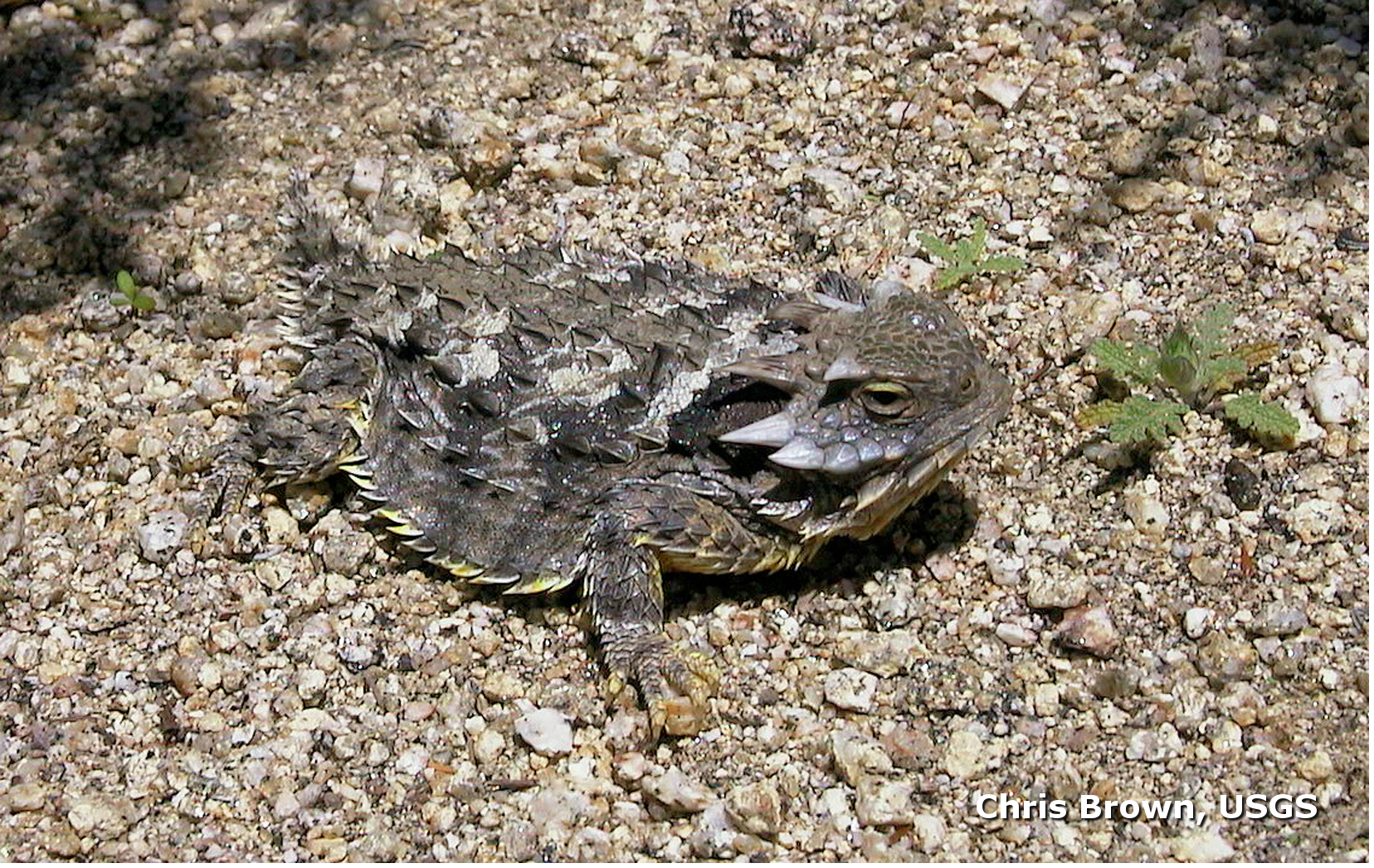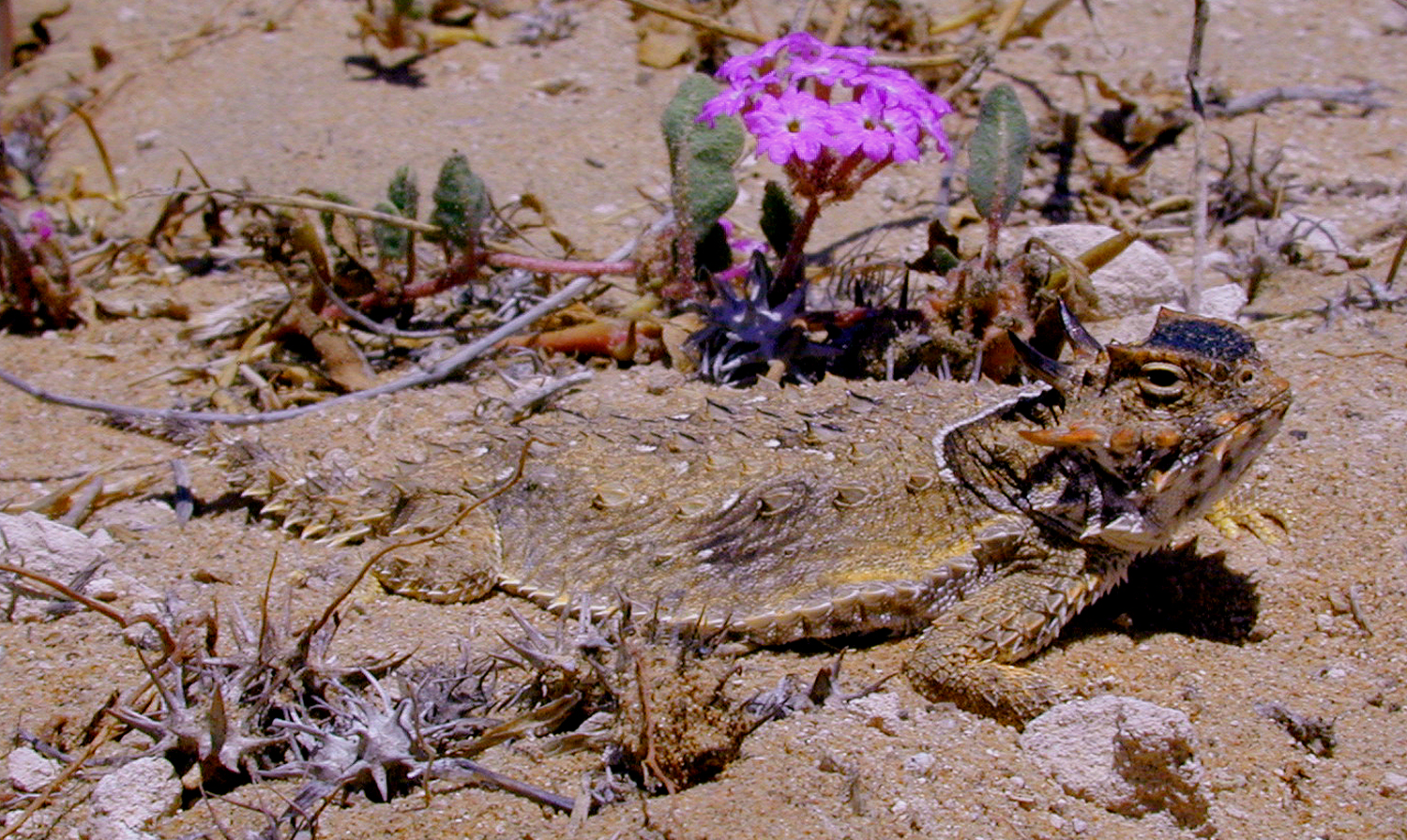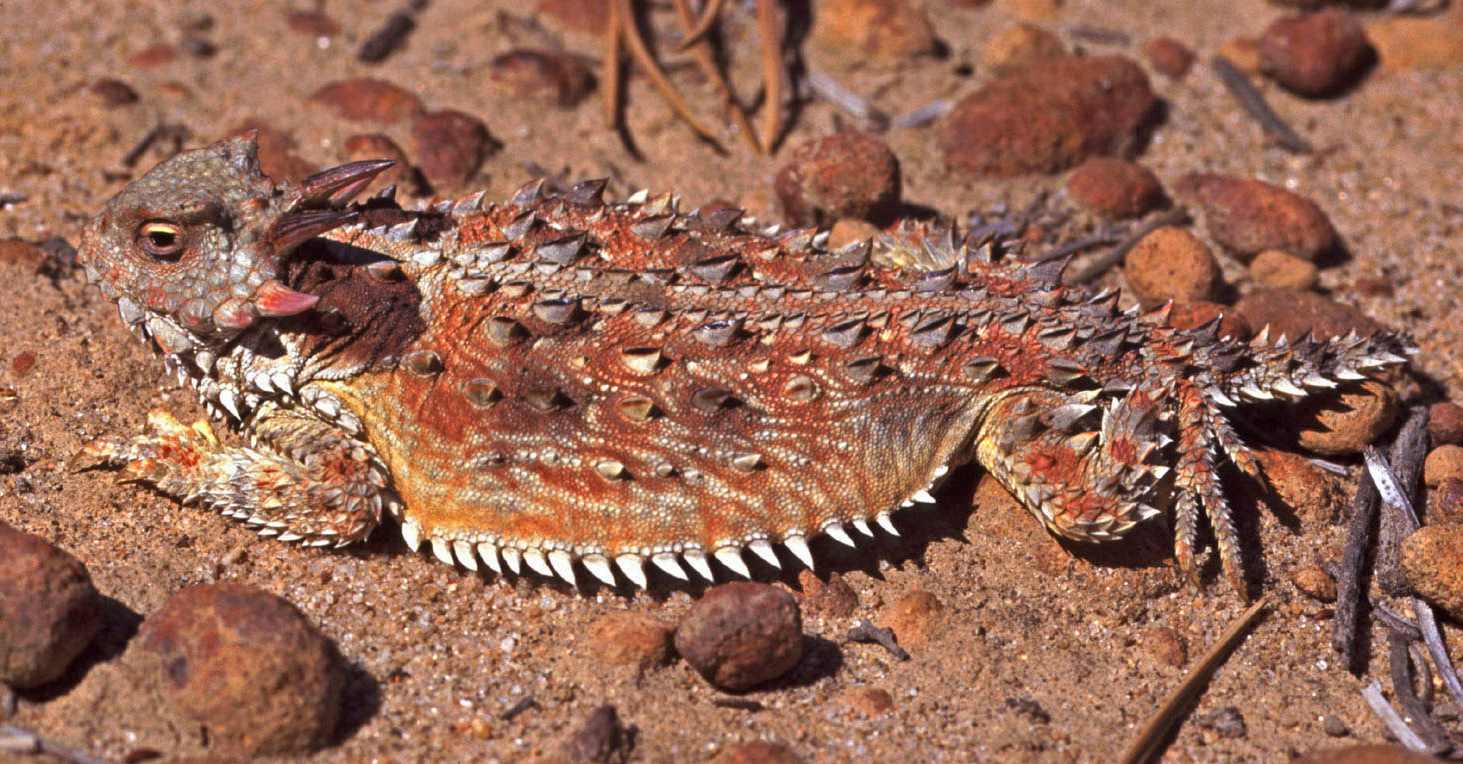Goals and Objectives
Goal: Maintain, enhance and restore coastal sage scrub on Conserved Lands in the MSPA that supports or has the potential to support VF species (i.e., cliff spurge, Palmer's goldenbush, San Diego barrel cactus, snake cholla, Blaineville's horned lizard, California gnatcatcher, San Diego black-tailed jackrabbit) and to incidentally benefit a diverse array of other species (e.g., San Diego thornmint, willowy monardella, Hermes copper, Quino checkerspot, coastal cactus wren) so that the vegetation community has high ecological integrity, and these species are resilient to environmental stochasticity, catastrophic disturbances and threats, such as very large wildfires, invasive plants and prolonged drought, and will be likely to persist over the long term (>100 years).
Regional
NFO
2017, 2018
VF
MON-RES-GEN PHABLA-1
Management units: 1, 2, 3, 4, 5, 6, 7, 8, 9, 10, 11
In 2017 continue a next-generation DNA sequencing study to characterize the phylogeographic and population genetic structure Blainville's horne lizard in southern California, including Conserved Lands throughout the MSPA. This species is a target for regional-scale connectivity within and between core areas of the MSPA and will provide information important to identify areas that may require management to improve connectivity for small vertebrates.
| Action |
Statement |
Action status |
Projects |
| RES-1 |
Submit project metadata, genetic datasets, analyses and report to the MSP Web Portal. |
In progress |
|
| Criteria |
Deadline year |
| Study completed and report submitted by 2018 |
2021 |
Regional
NFO
2018
VF
MON-PRP-MONPL PHABLA-2
Management units: 1, 2, 3, 4, 5, 6, 7, 8, 9, 10, 11
In 2018, develop a long-term Blainville's Horned Lizard Monitoring Plan to track their distribution and status, habitat associations and level of threats in chaparral, coastal sage scrub and grassland vegetation communities across Conserved Lands in the MSPA. The plan should integrate with the Chaparral, Coastal Sage Scrub and Grassland Vegetation Monitoring Plan to include sampling at long-term vegetation monitoring plots. The monitoring plan should build upon previous surveys, habitat assessments and modeling to develop specific questions, monitoring methods, a statistically valid sampling design, sampling locations, and standardized protocols for determining the status and abundance of the lizard and for assessing habitat and threats at each sampling site to determine vegetation management needs. The plan should include guidelines for data analysis and preparation of a report with monitoring results and vegetation management recommendations.
| Action |
Statement |
Action status |
Projects |
| PRP-1 |
Submit project metadata and Blainville's Horned Lizard Monitoring Plan to the MSP Web Portal. |
On hold |
|
| Criteria |
Deadline year |
| Blainville's Horned Lizard Monitoring Plan completed in 2018 |
2021 |
Regional
NFO
2019
VF
MON-IMP-MONPL PHABLA-3
Management units: 1, 2, 3, 4, 5, 6, 7, 8, 9, 10, 11
In 2019, begin implementing long term Blainville's horned lizard monitoring as specified in the Blainville's Horned Lizard Monitoring Plan. Prepare a report detailing lizard and habitat and threat assessment results and with site specific vegetation management recommendations.
| Action |
Statement |
Action status |
Projects |
| IMP-1 |
Submit project metadata, datasets, analyses and monitoring report with management recommendations to the MSP Web Portal. |
waiting for precedent action |
|
| Criteria |
Deadline year |
| Blainville's Horned Lizard Monitoring and Report completed by 2020 |
2021 |
Current Distribution Rangewide
Native to California and occurs along the Pacific coast from the border of Baja California as far north as Santa Cruz, and inland as far north as Shasta County [1]. A very small disjunctive population also occurs in Siskiyou County.
Known Populations in San Diego County
Found in MUs 1, 3, 4, 5, 6, 7, 8, 9, 10, and 11 within the MSPA [2].
List Status
SSC [3]
Habitat Affinities
Prefer open areas with sandy soil and low vegetation, but are also found in a wide variety of habitats including valley-foothills, conifer, riparian habitats, grasslands, and semiarid mountains [4]. In southern California, Blainville’s horned lizard is commonly found in chaparral habitats with native ant colonies, and areas with loose sandy soils [5]. During periods of inactivity and hibernation, individuals will burrow into loose soil under logs, rocks, mammal burrows, or crevices. Does not require permanent water.
Taxonomy and Genetics
Montanucci (2004) concluded in a morphological study, that P. coronatum is in fact four separate species (P. blainvillii, P. cerroense, P. coronatum, and P. wigginsi) [6]. Out of the four species, P. blainvillii is the only species known to occupy California [7].
Seasonal Activity
Diurnal species [8]. During spring and fall seasons most activity occurs in the middle of the day, but is restricted to morning and late afternoon activity during hot summer months. Nocturnal activity may occur during weather events of extreme heat. Individuals during fall and winter are inactive in most areas. Seasonal movements or migration has not been reported, and hibernation is found within the normal area of activity [8].
Life History/Reproduction
The reproduction season can vary from year to year depending on local conditions [9]. Females will lay their eggs (6-21) in a nest under the soil or in a burrow during the months from May to June. Eggs hatch from August to September. Females may lay two clutches of eggs per year. Adults are known to live up to 10 years in captivity [10]
Diet and Foraging
Forages between shrubs in open areas, generally near ant nests [9]. Primarily feeds on ants, but will also feed on moth larvae, small beetles, wasps, grasshoppers, spiders, and caterpillars [10].
Threats
Habitat destruction from human development and agriculture, and the spread of nonnative Argentine ants which displace the native food source has threatened and eliminated Blainville’s horned lizard from many areas [11]. The lizard was also extensively exploited by the pet trade until commercial collecting was banned in 1981 [12].
Literature Sources
[1] Hollingsworth, B. & Hammerson, G.A. 2007. Phrynosoma coronatum. The IUCN Red List of Threatened Species 2007.
[2] MSP-MOM. 2016. Management Strategic Plan Master Occurrence Matrix.
[3] California Department of Fish and Wildlife, Natural Diversity Database. July 2017. Special Animals List. Periodic publication. 51 pp
[4] Grismer, L. Lee. 2002. Amphibians and reptiles of Baja California, including its Pacific islands and the islands in the Sea of CorteÌs. Berkeley: University of California Press.
[5] Fisher, R.N., A.W. Suarez, and T. J. Case. 2002. Spatial patterns in the abundance of the Coastal Horned Lizard. Conservation Biology 16:205–215.
[6] Montanucci, R. 2004. “Geographic Variation in Phyrnosoma coronatum (Lacertilia, Phrynosomatidae): Further Evidence for a Peninsular Archipelago.†Herptologica 60(1):117–139.
[7] Reeder, T.W., and R.R. Montanucci. 2001. A phylogenetic analysis of the horned lizards (Phrynosomatidae: Phrynosoma): evidence from mitochondrial DNA and morphology. Copeia 2001:309-323.
[8] Baharav, D. 1975. Movement of the horned lizard Phrynosoma solare. Copeia 1975:649-657.
[9] Pianka, E. R., and W. S. Parker. 1975. Ecology of horned lizards: a review with special reference to Phrynosoma platyrhinos. Copeia 1975:141-162.
[10] Stebbins, R. C. 1954. Amphibians and reptiles of western North America. McGraw-Hill, New York. 536pp.
[11] Jennings, M.R. 1987. Impact of the curio trade for San Diego Horned Lizards (Phrynosoma coronatum blainvillii) in the Los Angeles Basin, California: 1885- 1930. J. Herpetol. 21(4):356-358.
[12] Jennings, M.R. 1988. Phrynosoma coronatum.. Cat. Amer. Amph. Rept. 428.1-5. ______ and M.P. Hayes. 1994. Amphibian and reptile species of special concern in California. Final Report, Contract 8023. California Department of Fish and Game, Inland Fisheries Division, Sacramento, California.


